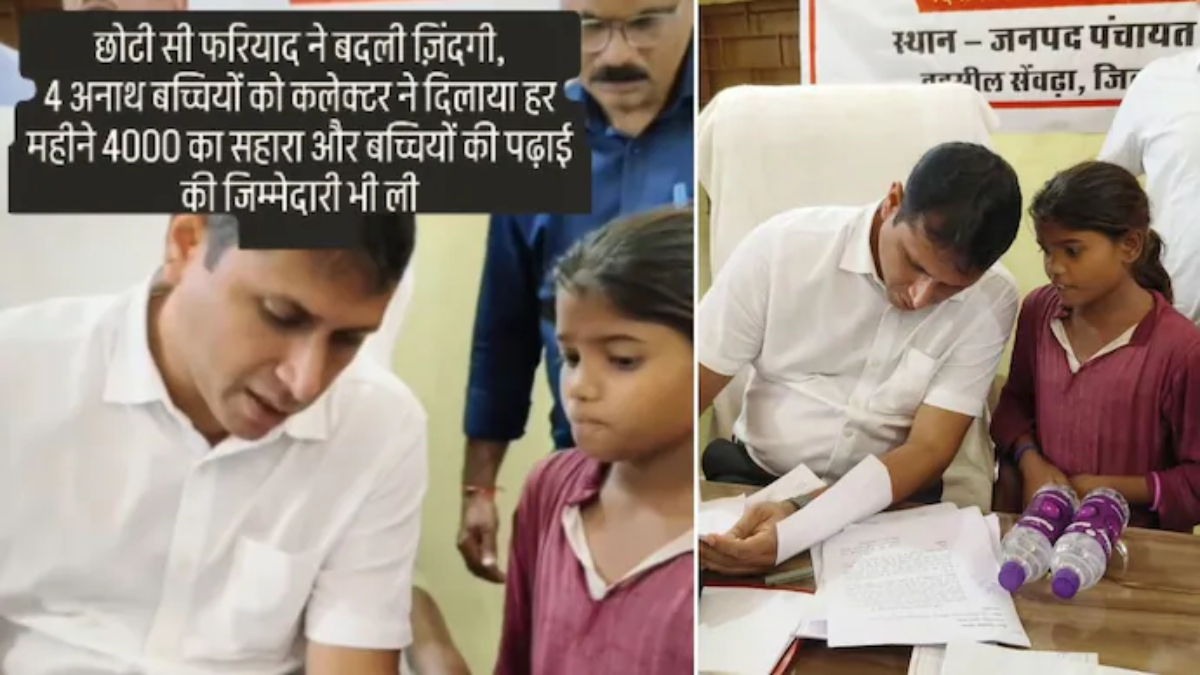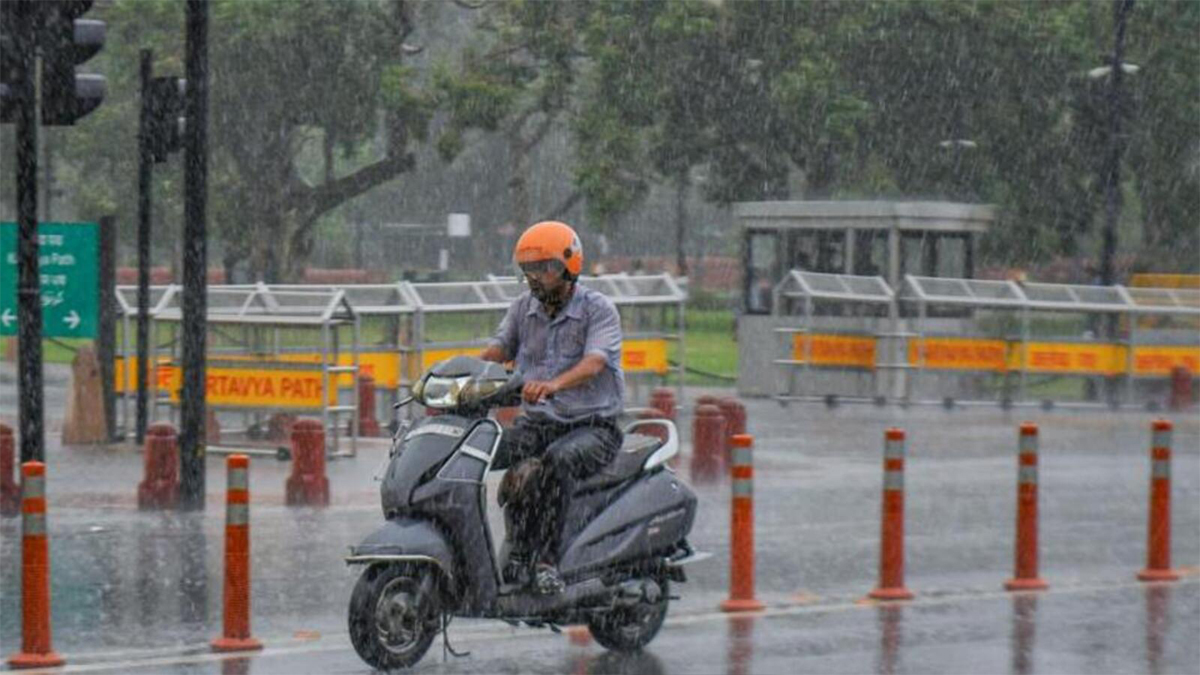New Delhi, December 10, 2025: The joyous occasion of a Madhya Pradesh couple’s wedding was tragically overshadowed after their vibrant social media posts attracted a torrent of racist and misogynistic
All posts tagged in Madhya Pradesh
New Delhi, December 05, 2025: Bollywood’s rising star, Rasha Thadani, has captivated the internet with a breathtaking set of photos showcasing her stunning ethnic look, taken during the filming of
New Delhi, November 28, 2025: A long-standing love story was recently put to the test, not by internal struggles, but by the relentless and toxic glare of social media. Rishabh
In a heartwarming display of their spiritual devotion, South Indian cinema’s power couple, Nayanthara and Vignesh Shivan, were recently spotted on a temple tour in the sacred city of Ujjain, Madhya Pradesh. Adding
The Institute of Chartered Accountants of India (ICAI) has officially declared the results for the Chartered Accountants (CA) Final, Intermediate, and Foundation examinations held in September 2025. The declaration marks
The central Indian state of Madhya Pradesh is reeling from yet another suspected cough syrup tragedy, as a five-month-old baby girl from the Chhindwara district has tragically died, allegedly within
In a world where bureaucratic procedures often overshadow human connection, a touching video of an Indian Administrative Service (IAS) officer’s compassionate gesture towards an orphaned girl has gone viral, earning
In a significant move to strengthen its law enforcement capabilities, the Madhya Pradesh Employees Selection Board (MPESB) has officially announced the commencement of the MP Police Constable 2025 recruitment process.
Delhi, Gurgaon, and Faridabad are currently under a ‘yellow alert’ as the India Meteorological Department (IMD) forecasts heavy rainfall, thunderstorms, and gusty winds throughout the day. This comes as the
A shocking development has emerged in the mysterious death of an Indore man during his honeymoon in Meghalaya. What was initially treated as a missing person’s case and later a
- 1
- 2















